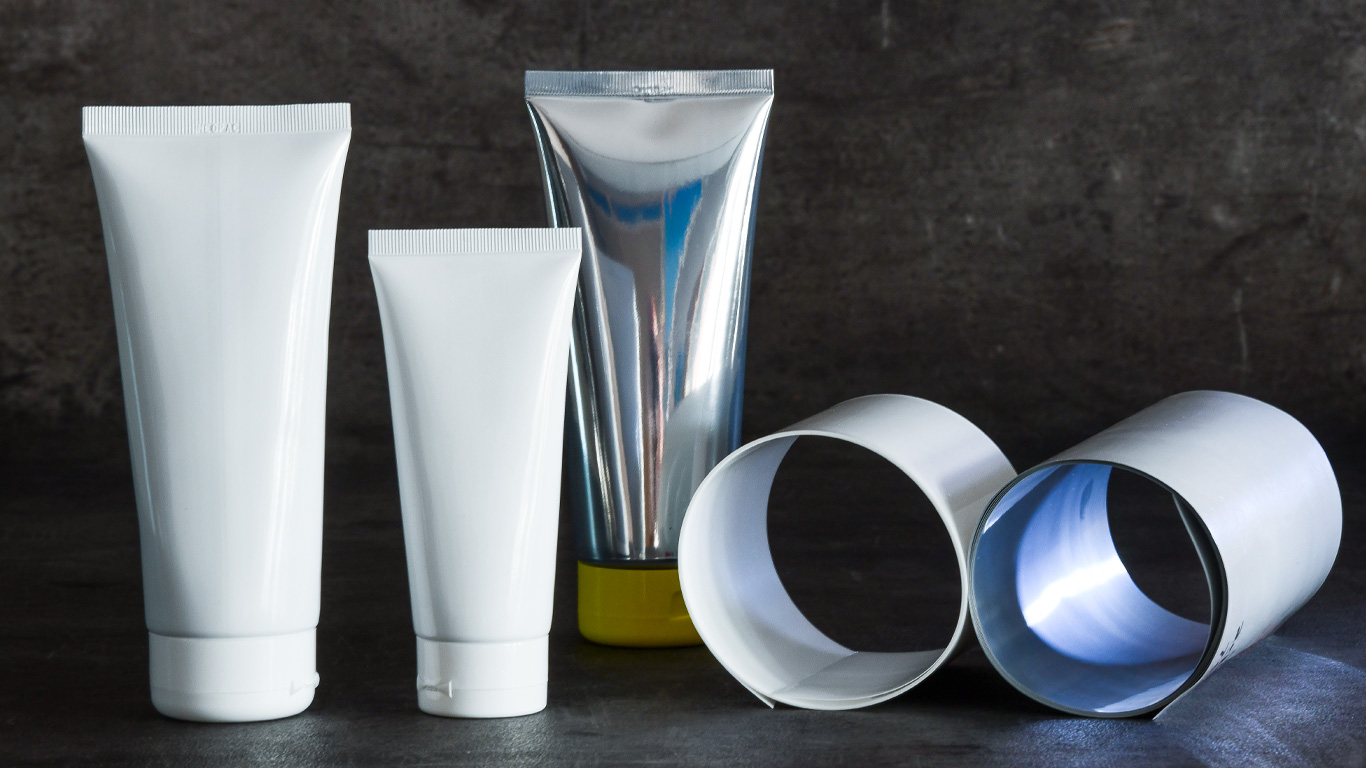In the dynamic world of consumer goods, packaging plays a pivotal role in shaping brand identity, ensuring product safety, and influencing purchasing decisions. Among the myriad packaging solutions available, tube packaging has emerged as a versatile and efficient option for a wide range of products, from cosmetics and pharmaceuticals to food and household items. Over the years, innovations in cardboard tube manufacturer have revolutionized product presentation, offering enhanced functionality, sustainability, and aesthetic appeal.
Traditionally, tubes were primarily associated with toothpaste and creams. However, modern advancements have expanded their application across diverse industries. Here, we delve into the exciting innovations that are reshaping the landscape of tube packaging:
1. Sustainable Materials:
In response to growing environmental concerns, the packaging industry is embracing sustainable materials for tube production. Biodegradable plastics, recycled materials, and plant-based polymers are increasingly replacing conventional plastics derived from fossil fuels. These eco-friendly alternatives reduce carbon footprint and alleviate pressure on landfills, aligning with consumers’ preferences for environmentally responsible packaging solutions.
2. Customization and Personalization:
Advancements in printing technologies have unlocked endless possibilities for customization and personalization in tube packaging. Brands can now incorporate vibrant colors, intricate designs, and even personalized messages to create a unique and memorable consumer experience. Digital printing techniques enable cost-effective short runs and rapid prototyping, empowering brands to experiment with innovative packaging concepts and cater to niche markets.
3. Functional Design Features:
Innovative design features are enhancing the functionality and user experience of tube packaging. Flip-top caps, airless dispensers, and precision applicators ensure convenient and controlled product dispensing while minimizing waste and spillage. Ergonomic designs and tactile enhancements improve grip and usability, catering to diverse consumer preferences and enhancing brand loyalty.
4. Smart Packaging Solutions:
The integration of smart technologies into tube packaging is revolutionizing product interaction and consumer engagement. Near-field communication (NFC) tags, QR codes, and augmented reality (AR) markers enable interactive experiences, such as product tutorials, ingredient information, and loyalty rewards, directly accessible through smartphones. These smart packaging solutions foster deeper brand-consumer relationships and drive customer retention through enhanced value-added services.
5. Sustainable Production Practices:
In addition to sustainable materials, tube packaging manufacturers are embracing eco-conscious production practices to minimize resource consumption and environmental impact. Energy-efficient manufacturing processes, water recycling systems, and waste reduction initiatives contribute to a more sustainable supply chain, fostering industry-wide efforts towards circular economy principles and responsible stewardship of natural resources.
6. Versatility and Adaptability:
One of the key advantages of tube packaging is its versatility and adaptability to a diverse range of product formats and formulations. From viscous creams and gels to powders and liquids, tubes offer flexible packaging solutions that accommodate varying product viscosities, dispensing requirements, and shelf-life considerations. This adaptability makes tube packaging an ideal choice for brands seeking efficient and cost-effective packaging solutions across multiple product categories.
In conclusion, the evolution of tube packaging represents a paradigm shift in product presentation and consumer engagement. With innovations spanning sustainable materials, customization, functional design, smart technologies, and production practices, tube packaging offers unparalleled versatility and adaptability to meet the evolving needs and preferences of today’s consumers.



